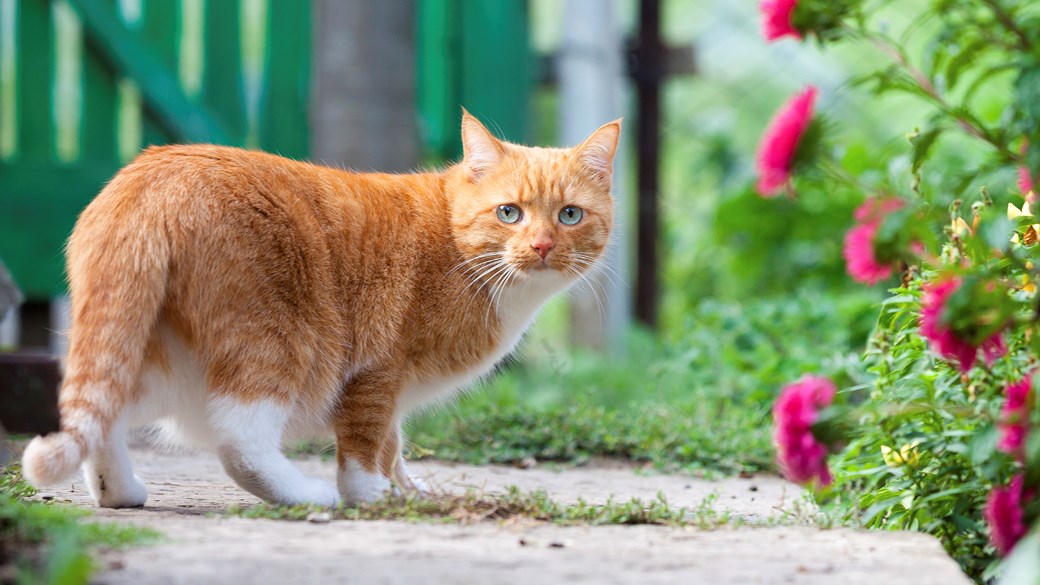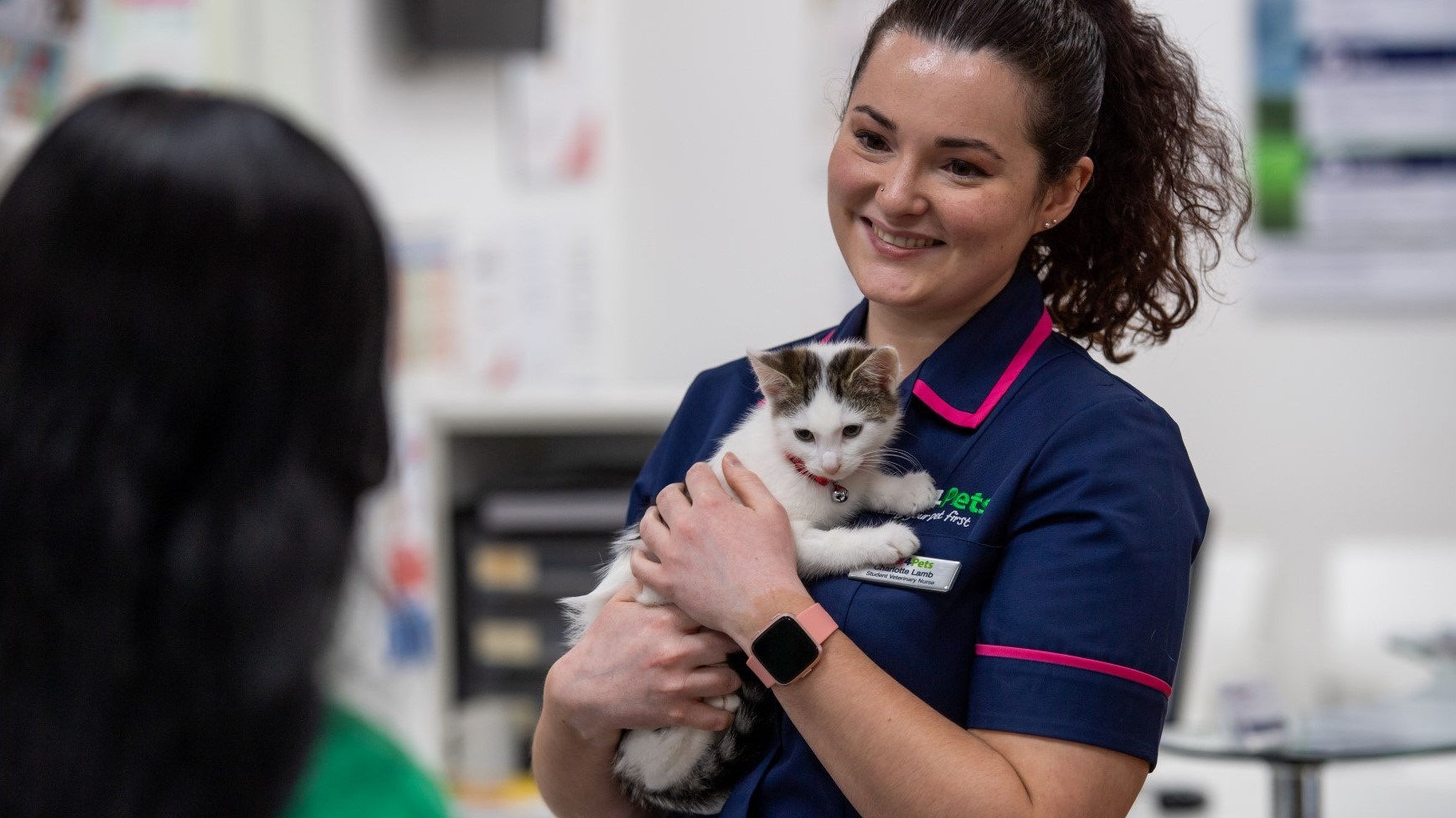
Cat Flap Training
Training your cat or kitten to use their cat flap
If you have decided to let your cat outside, you may have decided to install a cat flap. Most cats and kittens take readily to a cat flap, but some may be more cautious. Here are some hints and tips to get even the most timid of cats out and about in no time.
Read more about cat flap training
There are a range of cat flaps available, the main difference usually being how they are activated.
- Standard cat flaps open for any cat and, while the cheapest option, they will allow neighbourhood cats in to have a look around! This can be very stressful for your cat
- Magnet cat flaps will open if the cat trying to enter has a magnet on their collar. This does restrict entry only to cats that have a magnet, but isn’t exclusive to your cat
- Infra-red cat flaps are similar but are programmed to a specific coloured infra-red tag
- Microchip cat flaps are the best available as will only let in cats whose microchip numbers have been programmed in. This means no other cats can enter, no matter what is on their collar! It also means your cat will never be able to ‘lose their key’, as the microchip is always with them.
Kittens shouldn’t go outside until they are six months old and have been microchipped, vaccinated and neutered. If you have adopted an older cat, keep them inside for a few weeks before letting them out. If you have moved house our house moving guide for cats can give you advice on getting settled in before your cat goes outside.
The main thing here is patience. Cat’s don’t like to be forced into anything, and can be very stubborn if they decide something isn’t for them! Taking a soft and slow approach will work much better and be less stressful for you both.
Your cat has to learn that they can use the cat flap to get in and out, and how to make it work.
It’s best to train this in two steps:
Teach them they can get in and out. Hold the door open and use treats to entice them near. Give treats as they get closer, and then start holding treats on the opposite side of the flap to encourage them to pass through. Reward your cat or kitten as they pass through, and remember to show them the cat flap goes both ways!
Teach them to push! Once your cat has mastered going back and forth through the open cat flap you may want to prop the flap open just a little. That way your cat can see the other side but has to push to get through. That way they will learn how to use the door. Once your cat has mastered that, it’s time to remove the prop!
You may find with cat flaps that need to be activated, such as microchip or magnet cat flaps, that the ‘click’ as the cat flap unlocks startles timid cats. Keep persevering with treats and they’ll soon get the hang of it; just be aware it may take a little longer.
Health Plans to keep your cat healthy
At Vets4Pets we offer a range of Health Plans that make essential routine treatments more affordable. You'll save money on things like annual vaccinations, flea and worm treatment and routine health check-ups.

Cat Advice
Read more of our expert cat advice to keep your cat happy and healthy.
